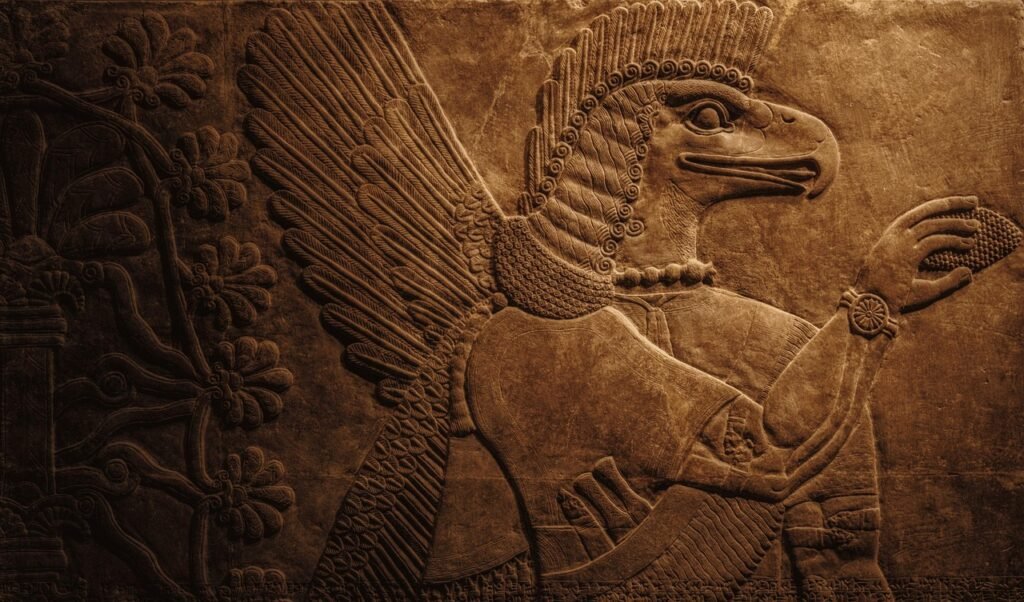The possibility that Earth might have hosted advanced civilizations long before humans ever walked its surface sounds like the plot of a science fiction movie. Yet this captivating question has recently captured the attention of serious scientists, challenging our fundamental assumptions about humanity’s unique place in Earth’s history. What if traces of these hypothetical civilizations are hidden not in crumbling ruins, but deep within the geological record—locked inside rocks, ice cores, or even chemical signatures in ancient sediments? Scientists have begun asking whether unusual carbon deposits, unexplained shifts in climate patterns, or strange isotopes could be the fingerprints of a forgotten age of technology. While no hard evidence has surfaced, the very act of searching pushes us to rethink what counts as proof of intelligence. After all, if humanity disappeared tomorrow, how much of our own story would remain millions of years from now? Would future beings even recognize us as the first—or just the latest?
The Ancient Mystery That Haunts Science

For now Earth is the only world known to harbor life, and among all the living things on our planet we assume Homo sapiens is the only species ever to have developed advanced technology. But maybe that’s assuming too much. The very notion that we might not be Earth’s first intelligent species forces us to confront some deeply unsettling possibilities. Think about it this way – if another civilization rose and fell millions of years ago, would we even know they existed?
We’ve had an industrial society for only about 300 years, but there’s been complex life on land for nearly 400 million years. That’s a staggering disproportion that opens up vast windows of time where something extraordinary might have happened before us.
The Birth of the Silurian Hypothesis

Astrophysicist Adam Frank and climate scientist Gavin Schmidt proposed the “Silurian Hypothesis” in a 2018 paper exploring the possibility of detecting an advanced civilization before humans in the geological record. The name itself pays homage to Doctor Who’s fictional reptilian race, but the science behind it is anything but fantasy.
While we strongly doubt that any previous industrial civilization existed before our own, asking the question in a formal way that articulates explicitly what evidence for such a civilization might look like raises its own useful questions related both to astrobiology and to Anthropocene studies. Scientists aren’t claiming ancient aliens built the pyramids. They’re asking a much more sophisticated question about what traces of civilization might survive deep geological time.
The Challenge of Deep Time Detection
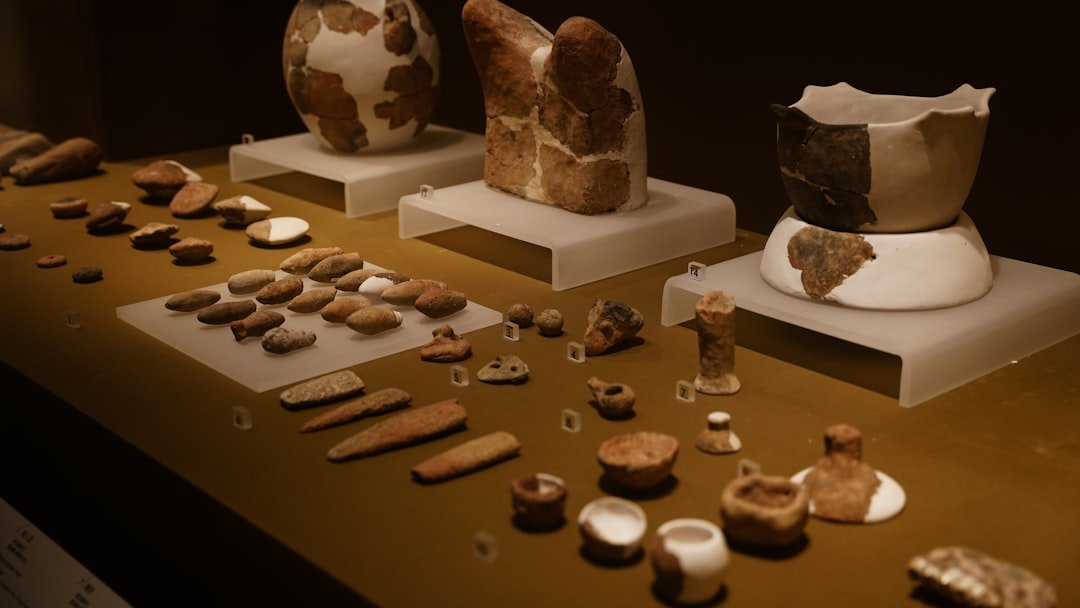
The discovery of physical artifacts would certainly be the most dramatic evidence of a Silurian-style civilization on Earth, but Frank doubts we’ll ever find anything of the sort. Our cities cover less than one percent of the surface. Imagine trying to find a needle in a haystack, except the haystack is the size of Earth and the needle has been buried for millions of years.
Pyramids, pavement, temples and toasters – eroding away, soon to be buried and ground to dust beneath shifting tectonic plates. The oldest expansive patch of surface is the Negev Desert in southern Israel, and it dates back a mere 1.8 million years. Once we disappear, it won’t take Earth long to scrub out the facade human civilization has built upon its surface.
Why the Fossil Record Fails Us
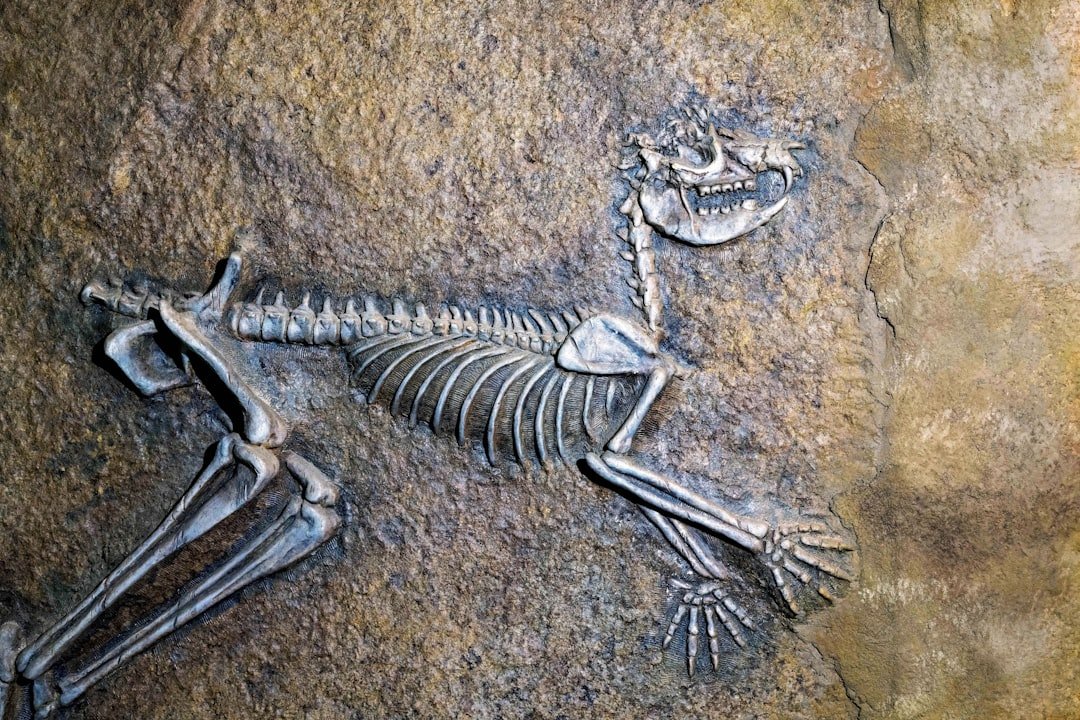
Finding fossilized bones is a slightly better bet, but if another advanced species walked the Earth millions of years ago – if they walked – it would be easy to overlook their fossilized skeletons – if they had skeletons. Modern humans have been around for approximately 200,000-300,000 years, a thin sliver of time within the vast and spotty fossil record.
The harsh reality is that fossilization is incredibly rare. Since fossilization is relatively rare and little of Earth’s exposed surface is from before the Quaternary time period (~2.5 million years ago), there is low probability of finding direct evidence of such a civilization, such as technological artifacts. Most creatures that lived and died never left a trace behind.
Chemical Fingerprints in Stone
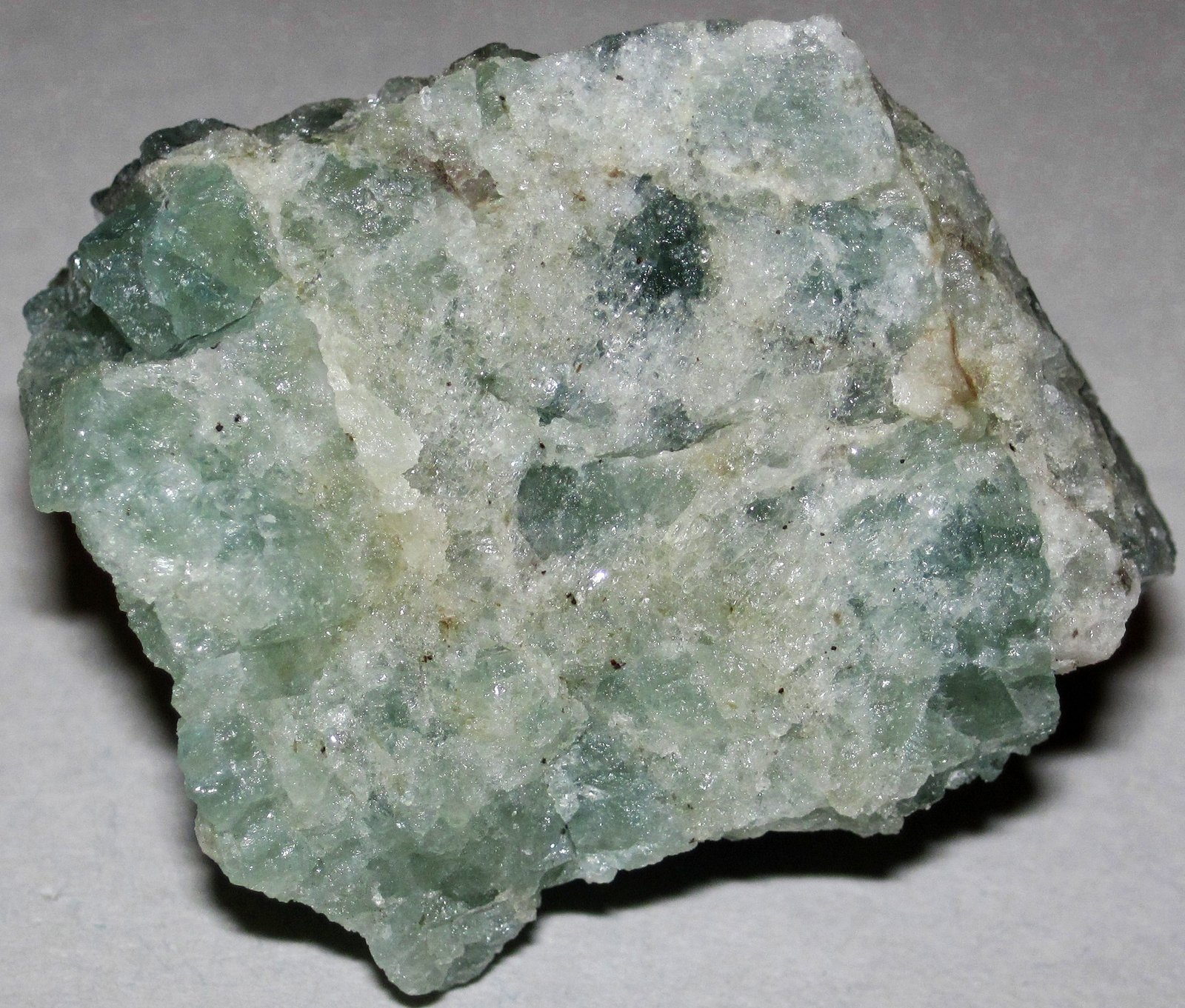
For these reasons, Frank and Gavin Schmidt, a climatologist at Goddard and the paper’s co-author, focus on the possibility of finding chemical relics of an ancient terrestrial civilization. Using human technology as their guide, Schmidt and Frank suggest zeroing in on plastics and other long-lived synthetic molecules as well as radioactive fallout (in case factions of ancient lizard people waged atomic warfare).
After a great time span, the researchers concluded, contemporary humans would be more likely to find indirect evidence such as rapid changes in temperature or climate (as occurred during the Paleocene–Eocene Thermal Maximum ~55 million years ago); evidence of tapping geothermal power sources; or anomalies in sediment such as their chemical composition (e.g., evidence of artificial fertilizers) or isotope ratios.
The Energy Consumption Problem

Schmidt and Frank decided the safest assumption to make would be that any industrial civilization now or hundreds of millions of years ago should be hungry for energy. That means any ancient industrial society would have developed the capacity to widely exploit fossil fuels and other power sources, just as we did.
Here’s where things get really interesting. They argue as early as the Carboniferous period (~350 million years ago) “there has been sufficient fossil carbon to fuel an industrial civilization comparable with our own”. The raw materials for an industrial revolution have been sitting in Earth’s crust for hundreds of millions of years, just waiting for the right species to discover them.
Lessons from the Paleocene-Eocene Thermal Maximum
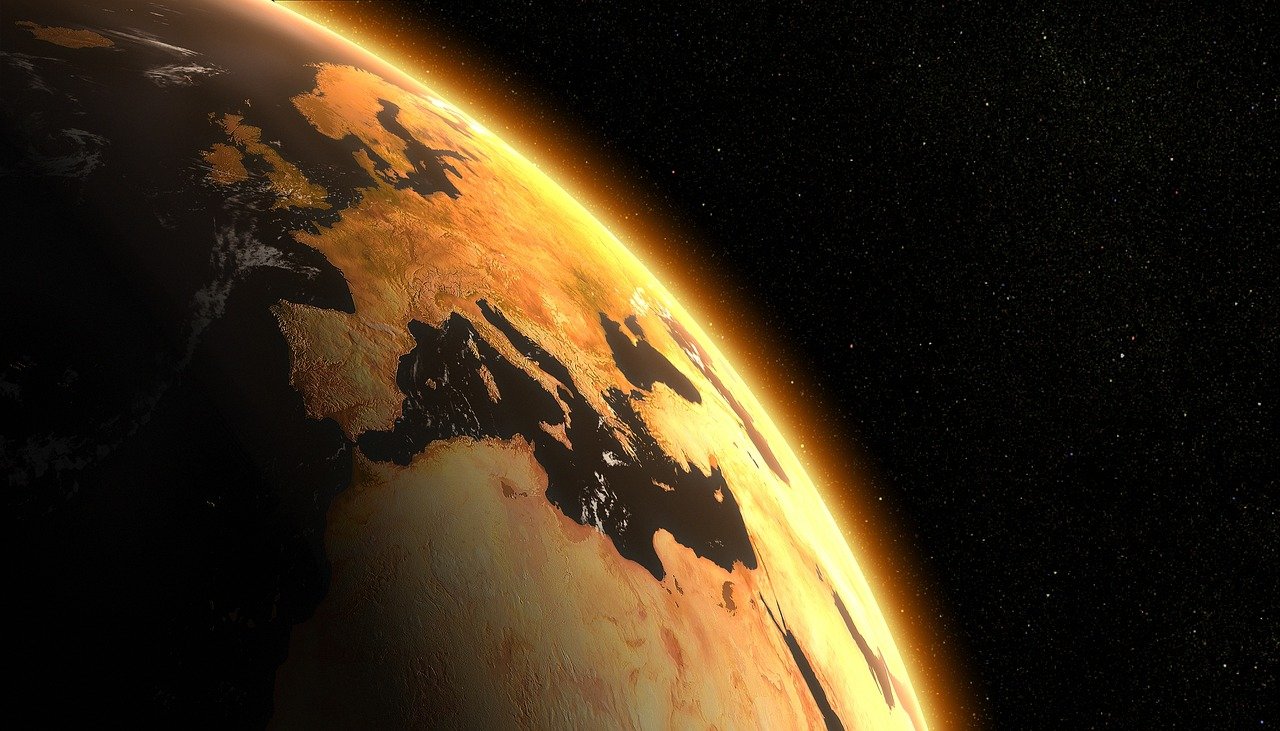
At professional workshops, experts tried to guess what natural processes could have triggered such severe global warming. At the dinner parties that followed, they indulged in less conventional speculation. During one such affair, Schmidt, now the director of NASA’s Goddard Institute for Space Studies, couldn’t resist the comparison. If modern climate change – unambiguously the product of human industry – and the PETM are so alike, he mused, “Wouldn’t it be funny if it was the same cause?”
The similarity between our current climate disruption and ancient warming events is genuinely eerie. Both show rapid spikes in atmospheric carbon and dramatic temperature increases. While scientists are confident natural processes caused the ancient event, the resemblance makes you wonder what other explanations might be possible.
The Moon as Earth’s Filing Cabinet

Frank and Schmidt speculate such a civilization could have gone to space and left artifacts on other celestial bodies, such as the Moon and Mars. Evidence for artifacts on these two worlds would be easier to find than on Earth, where erosion and tectonic activity would erase much of it.
This is perhaps the most intriguing aspect of the hypothesis. Habitable planets like Earth are pretty good at destroying unmaintained things on their surfaces. So he’s been looking at the exotic possibility that such a civilization might have been a spacefaring one. The Moon, with no atmosphere or geological activity, could preserve evidence for billions of years.
What We Know About Earth’s First Civilizations
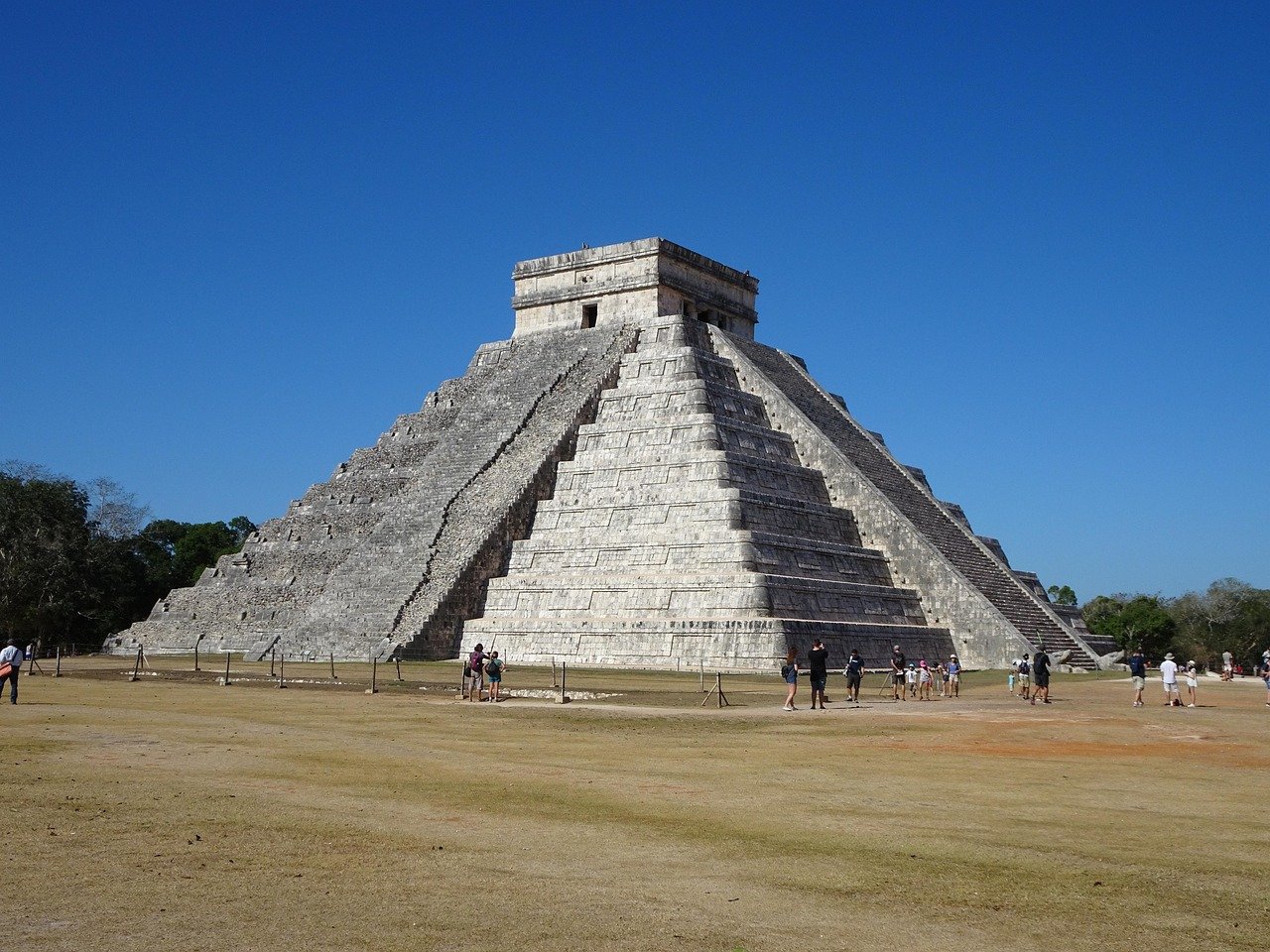
While modern civilizations extend to every continent except Antarctica, most scholars place the earliest cradles of civilizations – in other words, where civilizations first emerged – in modern-day Iraq, Egypt, India, China, Peru and Mexico, beginning between approximately 4000 and 3000 B.C.
The San People of Southern Africa trace their history directly to ancient peoples who lived around 140,000 to 100,000 years ago. In fact, the San are the direct descendants of one of the original ancestral human groups (haplogroup), making the San the oldest civilization in the world. Yet even these impressive timescales pale in comparison to the vast epochs that preceded human civilization.
The Limits of Archaeological Evidence
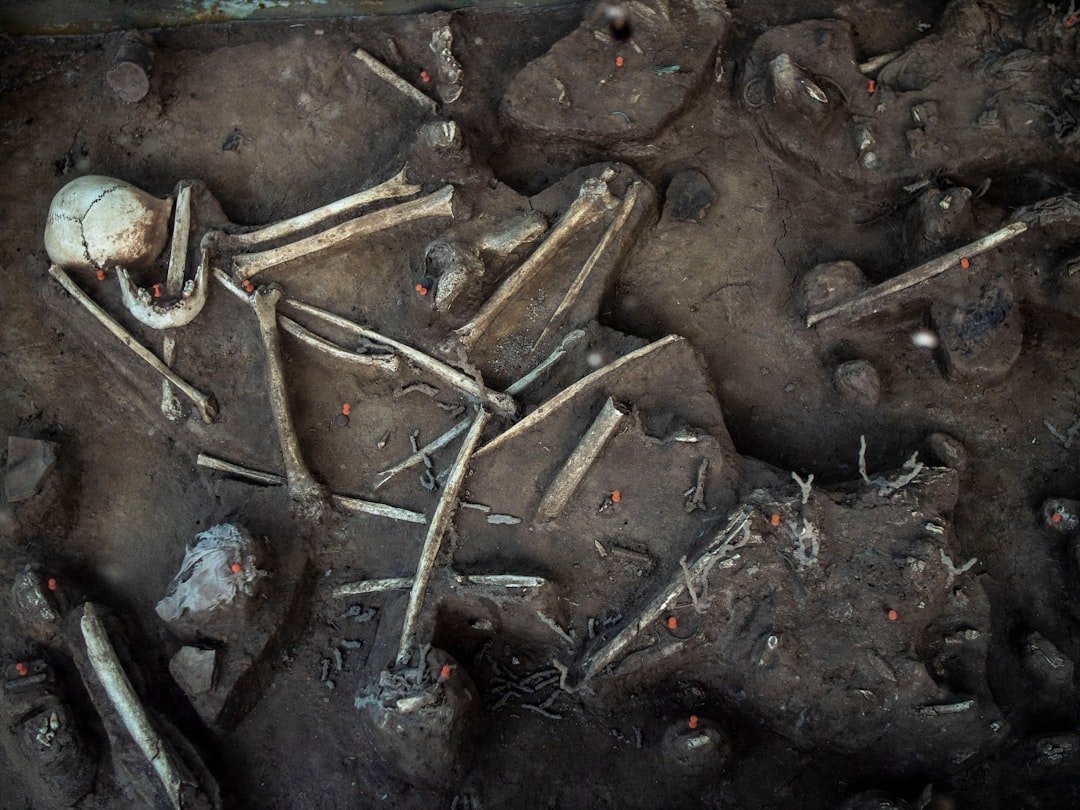
Schmidt and Frank write that a “species as short-lived as Homo sapiens (so far) might not be represented in the existing fossil record at all.” Today, less than 1 percent of the Earth’s surface is urbanized, a tiny proportion that hardly stands a chance of being re-exposed millions of years in the future.
Our entire recorded history spans just a few thousand years. Take the analogy where the planet’s entire history is compressed into a single day: Complex life emerged about three hours ago; the industrial era has lasted only a few thousandths of a second. Given how rapidly we are rendering our home uninhabitable, some researchers think the average lifespan of advanced civilizations may be just a handful of centuries. If that’s true, the past few hundred million years could hide any number of industrial periods.
Why This Question Matters Beyond Earth
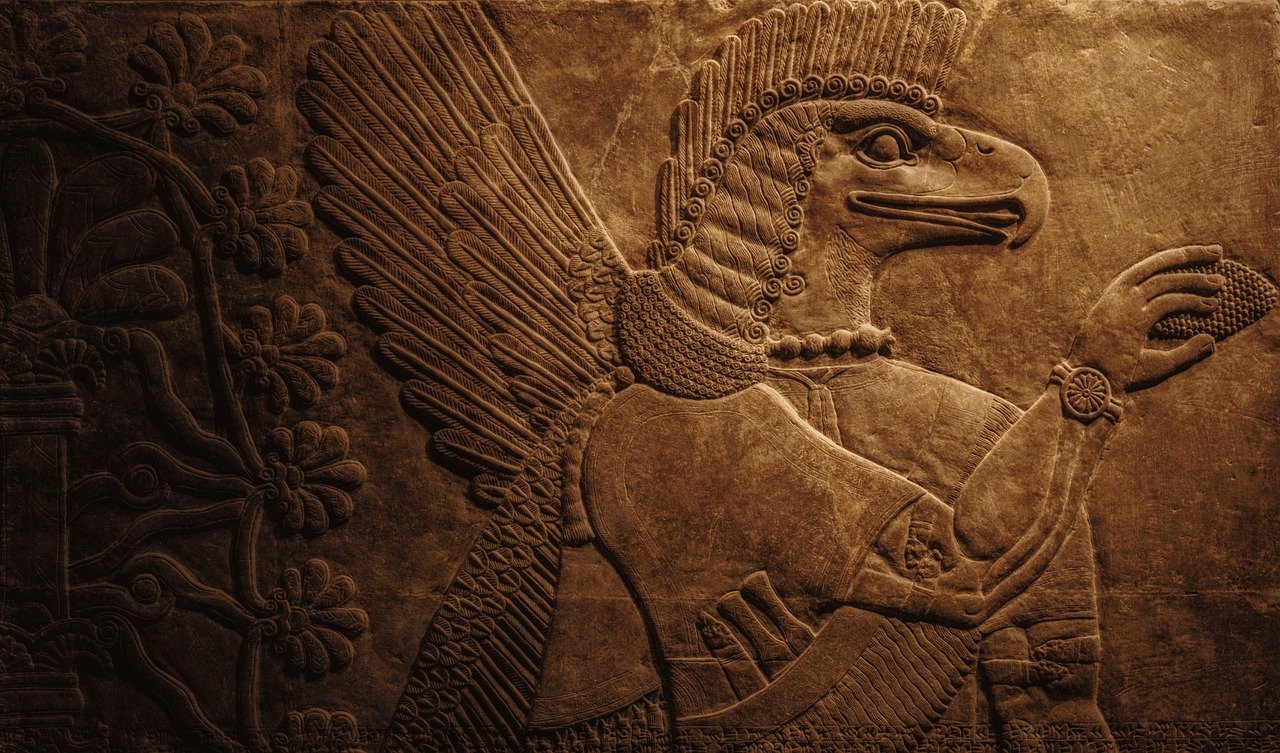
The Silurian hypothesis isn’t really about finding ancient lizard people or lost atlantean technology. Instead, their goal is to discover the ways that we might find the signs of ancient civilizations on other planets. As we search the cosmos for signs of intelligent life, understanding what traces civilizations leave behind becomes critically important.
As well as being an interesting hypothesis to ponder, seeking to answer the question could also help us search for signs of advanced civilizations on exoplanets. If we can’t reliably detect the signs of a hypothetical pre-human civilization on our own planet, how can we expect to find evidence of alien civilizations on distant worlds?
The Sobering Reality Check
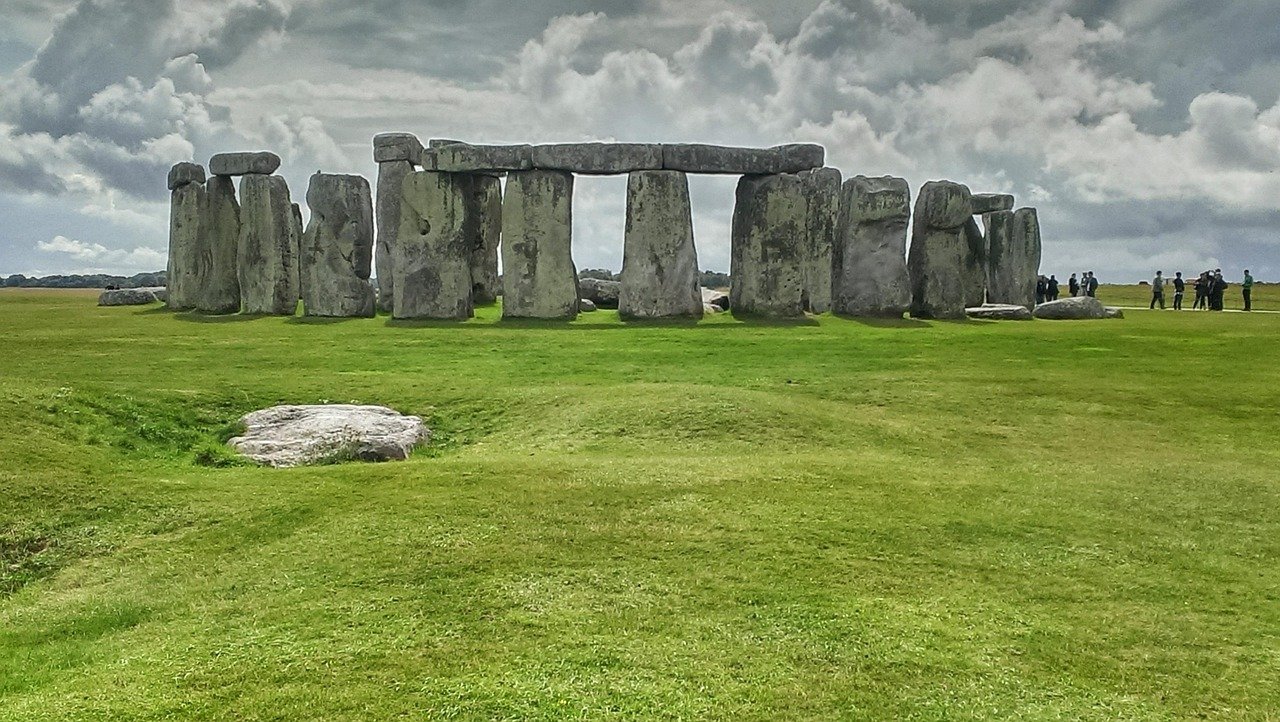
In case you get the wrong idea, physicist and study co-author Adam Frank cleared things up in an Atlantic article by saying, “It’s not often that you write a paper proposing a hypothesis that you don’t support.” In other words, they don’t really believe that there was an ancient civilization of Time Lords and/or Lizard People.
The scientists behind this hypothesis are the first to admit they don’t actually believe Earth hosted previous technological civilizations. Since publishing the Silurian hypothesis, the authors have predictably attracted as many eccentrics as academics. “Everybody and their dog who has an ancient aliens podcast wanted to interview us,” Schmidt says. Both Schmidt and Frank realize the prospect of earlier earthlings is a seductive one.
Conclusion: A Mirror for Humanity
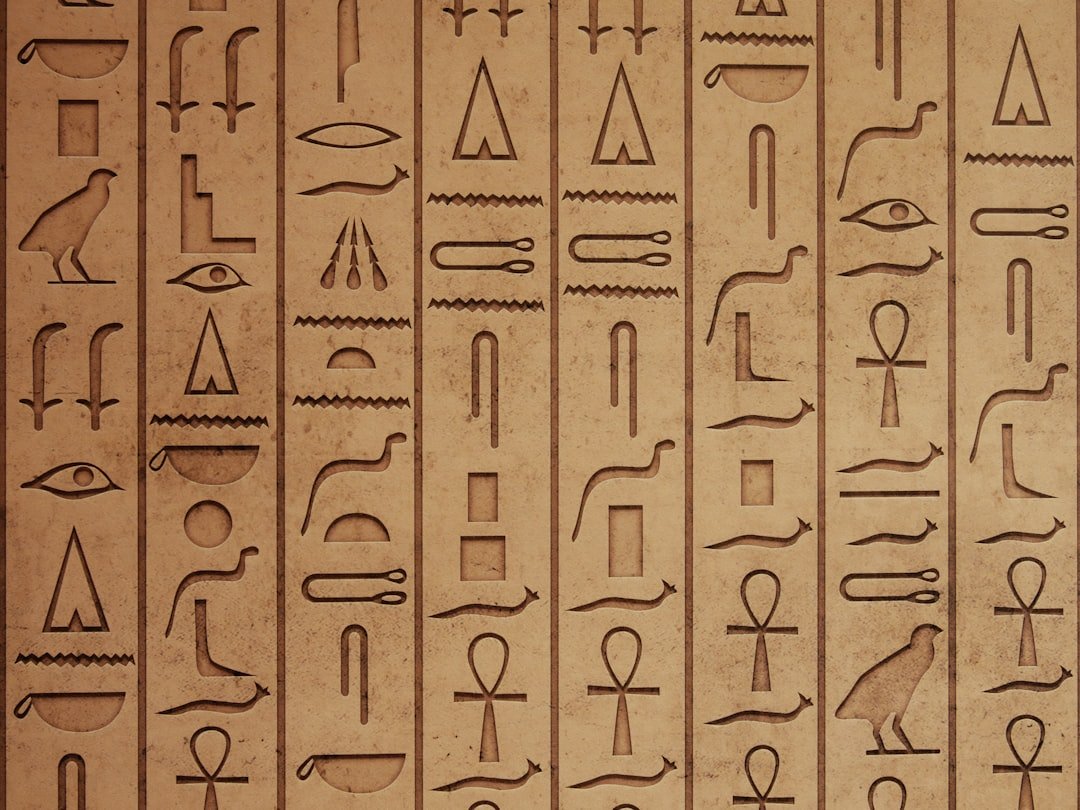
The Silurian hypothesis ultimately serves as a thought-provoking mirror, reflecting our own civilization back at us. And the fossil record is so sporadic that a species as short-lived as us (at least so far) might never find a place in it. How, then, would observers in the distant future know we were here? If the direct evidence of our existence is bound for oblivion, will anything remain to tip them off? It’s a short step from these tantalizing questions to the one Schmidt posed to Frank: What if we are the future observers, discounting some prehistoric predecessor that ruled the world in long, long ago?
Whether or not Earth ever hosted previous civilizations, the exercise of asking forces us to confront the fragility of our own technological footprint. In the vast sweep of geological time, our industrial age might be nothing more than a brief flicker. If future alien archaeologists visited Earth millions of years from now, would they even know we were here? And if we can’t reliably detect hypothetical ancient civilizations on our own planet, what does that say about our chances of finding signs of life among the stars?
Did you expect that the traces of an entire civilization could vanish so completely?

Jan loves Wildlife and Animals and is one of the founders of Animals Around The Globe. He holds an MSc in Finance & Economics and is a passionate PADI Open Water Diver. His favorite animals are Mountain Gorillas, Tigers, and Great White Sharks. He lived in South Africa, Germany, the USA, Ireland, Italy, China, and Australia. Before AATG, Jan worked for Google, Axel Springer, BMW and others.

